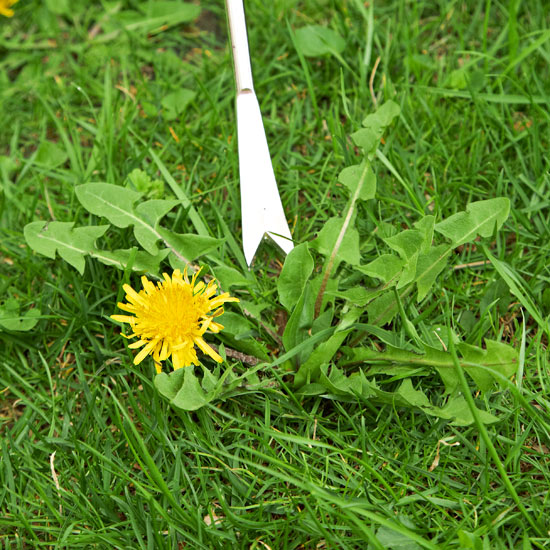






Weeds are the bane of a gardener's existence. They grow, seemingly overnight, choking out healthy flowers and vegetables and starving them of water, sunlight and nutrients. There are a number of weed killer methods to deal with unwanted plants. If you're trying to get rid of weeds or stop them in their tracks, here are some helpful tips for becoming the best weed killer on the block.
Prevention is the Best Medicine
The most organic weed killer is also the best weed killer: Practice healthy plant care. That means growing plants suited for your microclimates (shade lovers in shade, sun lovers in sun) and providing adequate moisture and regular mulch. Vigilance is also key: Walk around your landscape once a week, pulling small weeds before they have a chance to get established. Tip: The best time to pull weeeds is after a light rain when roots come out more easily.
Use Weed Killers Only When Appropriate
In general, weed killers are not approriate for use on or near plants that are to be eaten. Some weed killers, including weed and feed, may drift and kill plants as they are germinating.
Identify the Weed
If a weed has gotten established, it's harder to control. It can also be a vehicle for insects, bacteria, or fungi that can harm your plants. But before you purchase a weed killer, identify the weed type so you match weed with product.
Learn how to identify the weeds growing in your garden.
Learn About the Types of Weed Killers
There are plenty of products created specifically to deal with the different types of weeds -- annual and perennial broad-leaf weeds, grass-like, and grassy -- that most trouble landscapes. In general, weed killers are divided into categories based on when you apply, how you apply, how they kill, and how long they kill.
Pick the Type of Weed Killer Application and Follow Guidlines
It's important to closely read and follow application guidlines on the product's label for both timing and precauations. Some weed killers are sprayed on as a liquid mist, while others are applied as granules with a spreader.
Organic Weed Killers
In addition to pulling weeds by hand, you can also try several homemade weed killer methods. Those include:
Copyright © www.100flowers.win Botanic Garden All Rights Reserved